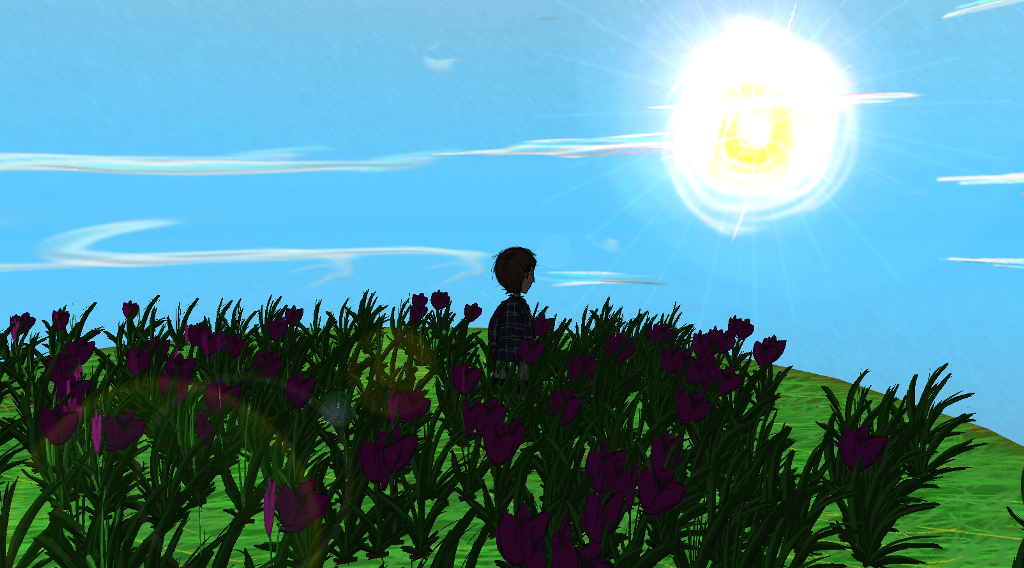As anyone who has read my posts so far would know, I am working on a hand-drawn 3D game, the first of its kind. You may be curious on how such a endevaor was started, so I give a post here to explain that. Otherwise, feel free to click here to check out that game project in greater detail.
I love animation. All types of it. It makes me wonder why we use live-action footage at all for filmmaking, as it feels cheap in comparison. Animation requires a true artist to create everything entirely from scratch (not that I’m trying to put down live-action directors, the two mediums just involve different artisitc qualities). Taking the time to make something come to life, frame by frame by frame… I can’t help but admire the hard work that goes into it.
I love games in a similar manner. Here, not only is something coming to life in front of you, but you as a player are in control of that life. It’s hugely rewarding. Being a fan of animation, I eventually noticed that hand-drawn, traditional animation wasn’t being used as much anymore in the mid 2000’s for film; instead we got several computer-animated films each year, most of which were either bad or very forgettable at the time. If for no other reason, the excess of computer animation made the medium as a whole not worth what it used to be.
And so, I wondered… was there a way to make games with traditional animation? Of course, 2D games do this already, and do it especially well now, but what about 3D games? Sure, 3D graphics and models have made their way in 2D games (usually to great effect), but why not the other way around? At the very least, why haven’t we come up with a way to make computer animation mimic traditional animation to acheive this effect?
Continue reading →


